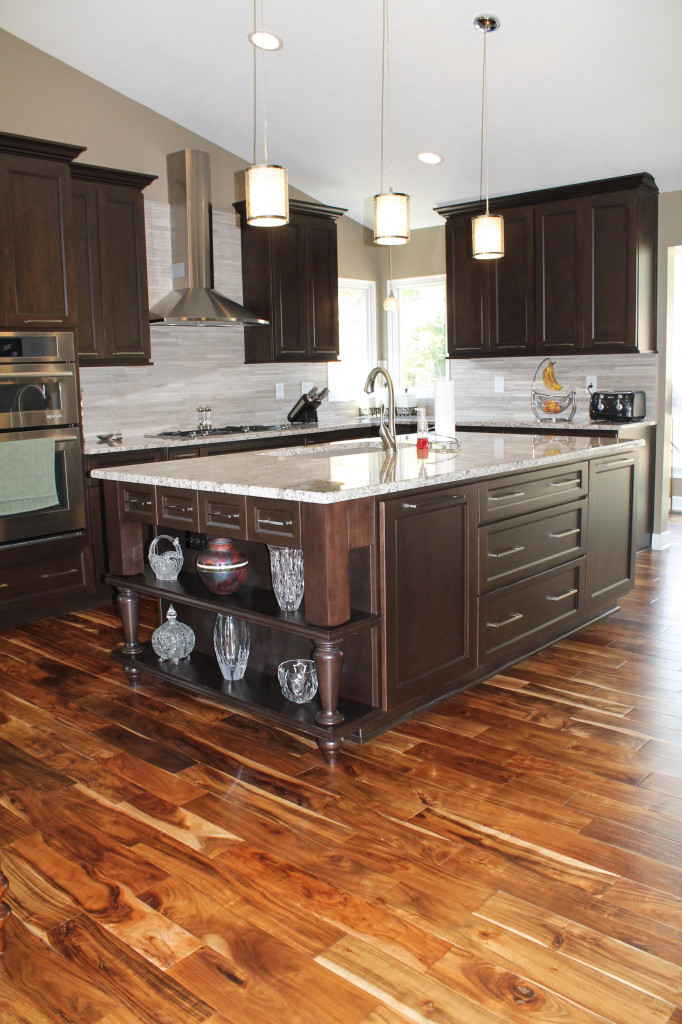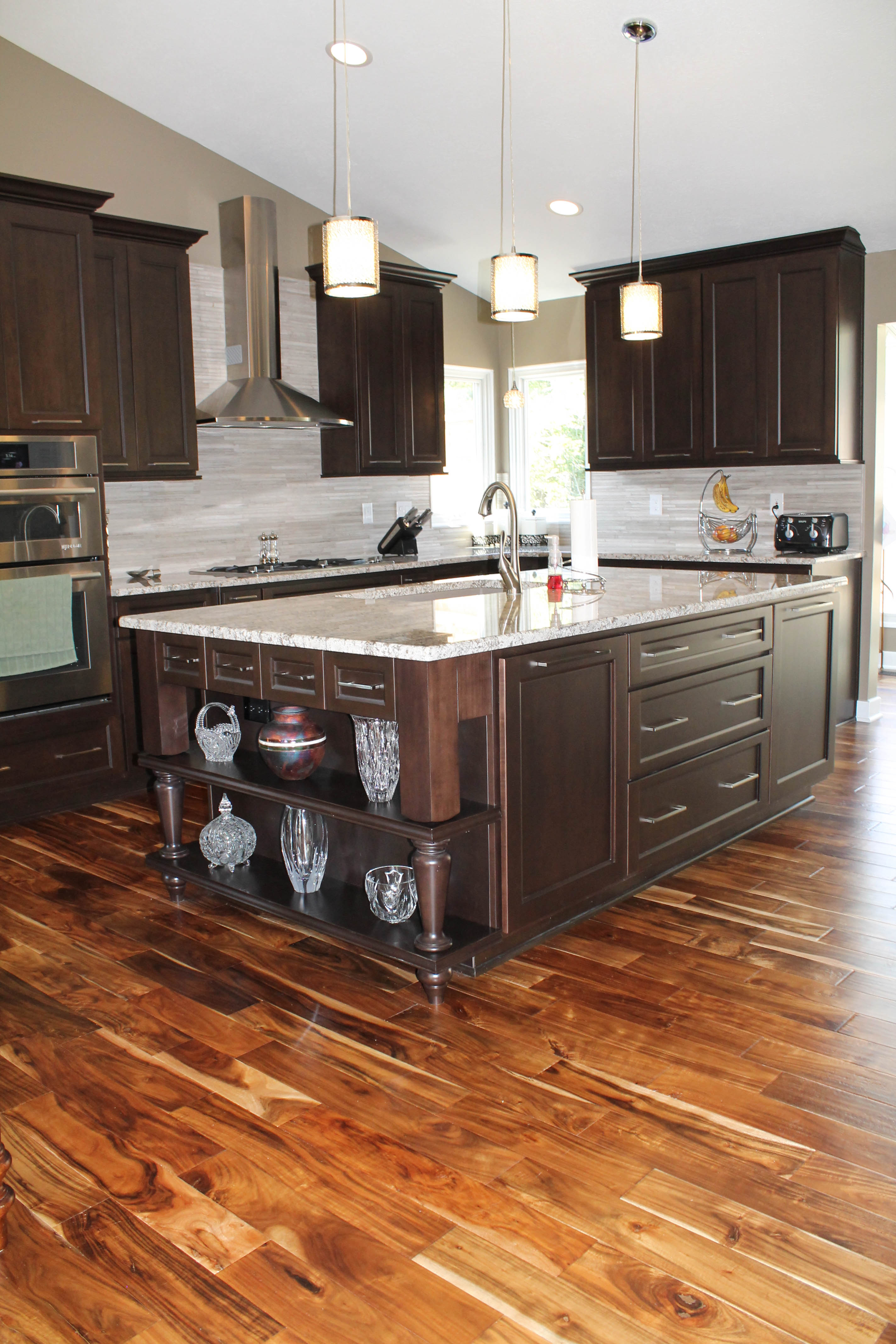
Because of its versatile style, natural feeling and durable structure, hardwood has remained one of the most enduringly trendy flooring options for generations. Unlike other flooring trends that come and go, hardwood flooring has remained popular for more than 200 years. Choosing hardwood flooring is clearly a safe investment for homeowners. However, hardwood flooring isn’t the perfect solution for every space. There are a number of facts and considerations that you should know before installing hardwood flooring.
Before installing hardwood, you’ll want to survey and inspect the room. Certain types of hardwood are susceptible to moisture, which can cause the wood to splinter or bend. Hardwood flooring also tends to be a bit noisy. If you choose to install hardwood in a central room, you may want to invest in rugs or pieces of furniture that absorb sound to keep movement muffled. Additionally, excessive amounts of foot traffic can cause wear and tear to the planks. Scuffed and scratched floors can be refinished, but this process can get costly, especially if you choose a softer wood that needs frequent repair.
After you’ve decided whether the room is a good fit for hardwood flooring, you’ll have to decide the type and style of plank you’d like to install. Hardwood can be divided into two main categories: solid and engineered. Solid hardwood is made from pure, solid wood planks. Engineered hardwood is made from pressed plywood that uses a thin wood veneer as the top layer. Because it is made from bonded layers of wood, it is more durable than solid hardwood, and less likely to be affected by temperature or humidity. Engineered planks can be created in a greater array of sizes and widths (and wider planks have the added benefit of being able to trick the eye into making a room look larger).
To keep your hardwood protected and shiny, clean regularly with water-based solutions. You’ll also want to sweep and vacuum your floor weekly to eliminate dust and particles. Remember that hardwood is susceptible to water damage, so never use a wet wop or let spills soak into the boards. Consult the manufacturer’s guide for specific cleaning techniques if you are unsure of how to care for your specific flooring; otherwise, you may cause unintentional damage to the floorboards.
The popularity of hardwood flooring means that there are a countless number of styles and designs on the market today. Investigate the wide variety of lumber types, colors, finishes and plank sizes before making a selection. If you are planning on going green, there are even environmentally friendly options available that are made from sustainable wood sources. The possibilities are endless.
Choosing the right hardwood for your home is a big decision. With careful consideration and proper maintenance, the flooring you select can last for years to come. Weigh your options carefully until you find the perfect flooring to fit your home.
David Decker is president of The Affordable Companies, which provide affordable luxury in kitchens, bathrooms and flooring. They are based in Carmel (317-575-9540, www.the-affordablecompanies.com). Email home improvement questions to [email protected]



